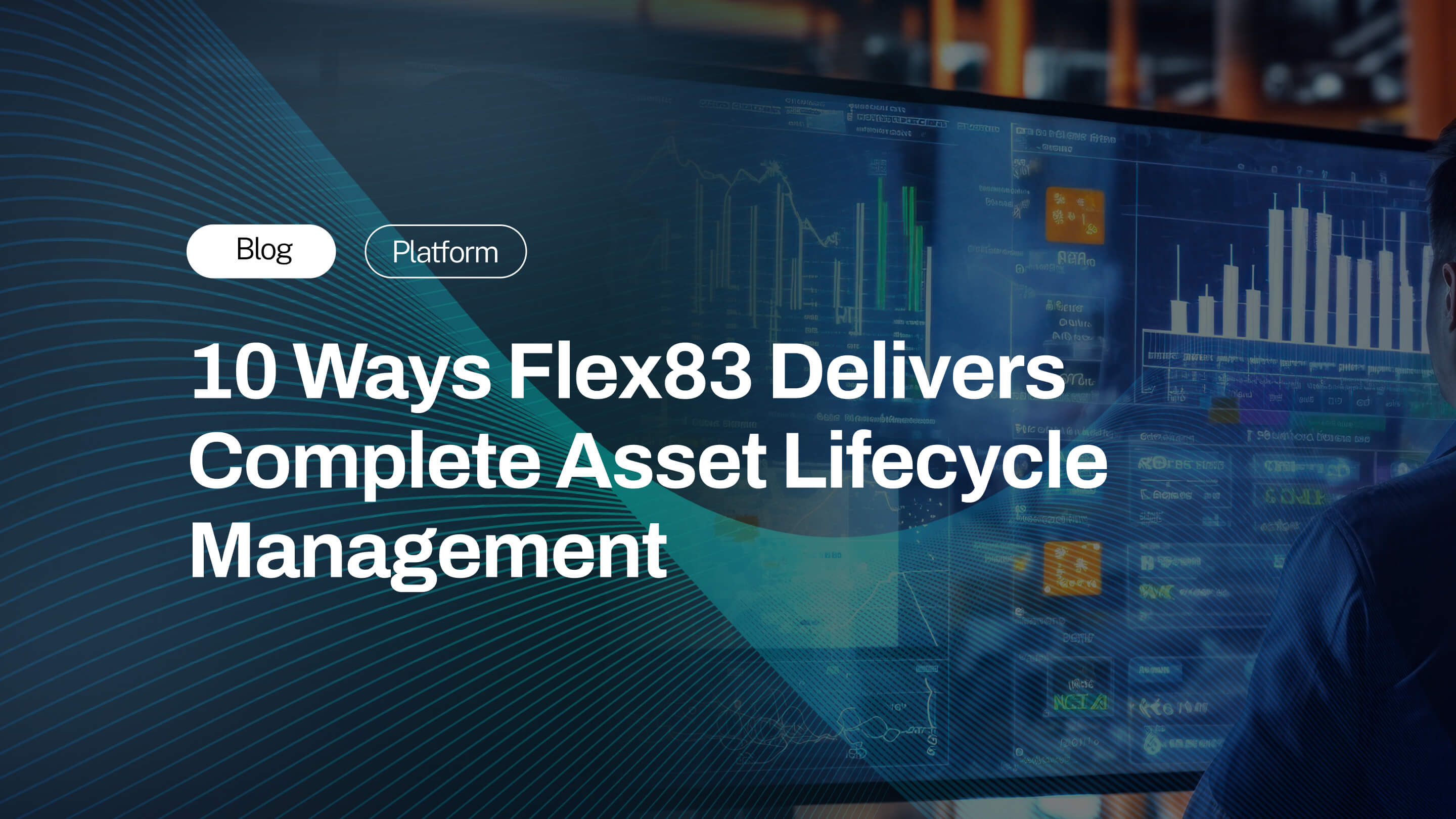We live in a hyperconnected economy where every organization faces an unrelenting barrage of digital complexity. There is no longer any separation between business strategy and IT operations—performance, resilience, and operational costs hinge on masters of application platforms, data pipelines, and asset management.
Yet traditional Application Performance Management (APM) techniques fall short: cloud-native architectures, microservices, and real-time telemetry have created environments where the old formulas of threshold-based monitoring simply cannot keep pace.
This is not just a technology story. It’s a business narrative—where operational efficiency, financial savings, and strategic agility hinge on embracing data-driven methodologies powered by Artificial Intelligence (AI), Machine Learning (ML), and modern data engineering. The era of reactive troubleshooting is over. The future is proactive, intelligent, and deeply architectural.
Why Traditional APM Fails in the Cloud Era
The global leaders of OEMs and Enterprises must confront one truth: legacy Asset Performance Management Solutions were built for yesterday’s monoliths, not today’s distributed ecosystems. In today’s world complex, fragmented architectures are an essential part of every business system (featuring microservices, containers, and multi-cloud deployments)—and the generated volume of telemetry that far outstrips the capabilities of older tools. When event rates spike past 30,000 events per second, many platforms simply collapse because of the incomplete traces and failed architecture and diagnostics.
Every outage or performance stall is high stakes. Mean Time to Recovery (MTTR) now measures not just technical competence but also direct financial impact—costing millions of dollars per hour amid critical incidents. Cloud-native architectures demand full-stack observability, not just isolated health checks and manual log reviews. Yet siloed tools, integration headaches, and alert fatigue weaken enterprise resilience.
As per the recent reports, a major chunk of IT professionals now reports daily or weekly alert fatigue. Not just that, teams with over seven disconnected tools experience nearly double the burnout of their peers.
The Imperative for Data-Driven APM
The solution to all this chaos is having a data-driven Asset Performance Management Solution: integrating comprehensive observability, AI-powered monitoring, and intelligent automation into a single, cohesive platform. This strategic convergence empowers organizations to transition from reactive firefighting to predictive, self-healing operations. With a data driven APM, you just do not know what’s happening with your assets, you enable yourself to maximise the full potential of them.
- Full-Stack Observability: Modern platforms collect, correlate, and contextualize the “Holy Trinity” of telemetry—metrics, logs, and distributed traces—delivering true end-to-end visibility. Teams move past ‘what’ happened to ‘why’ it happened, even as architectures become more distributed and elastic. This way it is easier to focus on solution rather than spending the most critical time on finding what is the problem first.
- Artificial Intelligence for IT Operations (AIOps): AI and ML ingest high-velocity data streams, automatically detect anomalies, and suggest or execute remediation steps. Common techniques like K-Nearest Neighbor and Local Outlier Factor models enable dynamic baselining and outlier detection for critical capacity planning and rapid incident resolution.
- Generative AI & Conversational APM: Leveraging large language models (LLMs), engineers can extract insight from massive log files and complex traces using natural language, democratizing advanced diagnostics and accelerating remediation workflows.
These innovations are actually proven. Enterprises using AI-driven platforms report up to 55% reductions in MTTR, adherence to SLAs jumping from 72% to 95%, and ticket volumes slashed by over 70%, producing direct cost savings exceeding 45% per ticket. (Source: Auralis).
Architectural Foundations of Modern APM
Success in digital transformation requires a robust architecture for observability and Asset Performance Management—a foundation that must support multi-tenancy, high scalability, and cloud-native agility.

PaaP Reference Architecture
A Platform-as-a-Product (PaaP) must differentiate several essential layers:
- API Gateway/Service Mesh: The ingress point that manages load distribution and inter-service communication across containerized microservices.
- Core Platform Services: Encompasses identity management, business logic, and application enablement tools, built for high reliability and multi-tenancy.
- Data Persistence Layer: Supports multiple data storage models—relational, NoSQL, and time series—designed for horizontal scalability and high availability.
Full-stack observability and distributed tracing map user requests across all these layers, revealing why traditional siloed approaches simply cannot ensure service-level objectives in complex environments.
Observability Pipeline Layers
A resilient telemetry pipeline drives deep observability and AI-driven insight:
- Data Collection: Data collection enables metrics, logs, traces gathered at every layer, from APIs and databases to infrastructure nodes.
- Data Aggregation: With data aggregation, it is possible to unify telemetry from disparate sources, breaking down operational silos for system-wide correlation.
- Storage Layer: Storage layer is a scalable warehouse that is capable of ingesting and retaining high volumes of operational data.
- Analysis Layer: The analysis layer is where machine learning models correlate, analyze, and predict, offering actionable intelligence in real time.
- Visualization/Alerting: Dashboards and alerting systems convert raw operational data into insight, empowering both technical and business teams.
Clarity and simplicity in the component design of the observability pipeline layers, standardized notation (such as UML/C4), and deep coverage of interactions are key to ensuring manageability and transparency.
AI and ML: The Engine Driving Predictive APM
While observability provides the foundation of high-quality data, AI and ML unlock its true value. Instead of threshold-based alerting and retrospective log reviews, AIOps automate detection, diagnosis, and remediation:
- The ML models dynamically learn “normal” performance, flagging deviations without the constraints of fixed thresholds.
- With predictive analytics you can anticipate resource needs, allowing cloud infrastructure to scale up or down before demand spikes cause outages or over-provisioning costs.
- By unifying alerts across applications, networks, and infrastructure, AIOps platforms deduplicate events and group incidents, reducing alert volume and focusing engineers only on critical issues.
- Intelligent context mapping accelerates root cause analysis, transforming hours of manual investigation into minutes of automated diagnosis.
- LLMs summarize telemetry, connect incidents across systems, and even generate Infrastructure as Code scripts from high-level requirements.
- This brings incident management to “machine speed”—reducing the need for deep domain expertise and democratizing access to advanced operations.
For industrial OEMs and asset managers, generative AI can automate root cause analysis for physical equipment, bridge multiple protocols (e.g., Modbus, OPC UA), and establish plant-wide real-time diagnostics that move from proof of concept to full production reliability.
Data Engineering, Quality, and Governance
The shift to data-driven Asset Performance Management makes data engineering, pipeline reliability, and data governance indispensable. Every AI/ML process—and every business decision—relies on the integrity, completeness, and fidelity of operational data:
- Full-Fidelity vs. Sampling: Sampling data can create blind spots. For instance, monitoring one in every 2,000 packets exposes organizations to unseen security breaches and incomplete forensic visibility. Full-fidelity observability is mandatory for compliance, incident resolution, and digital forensics.
- Cost Optimization: Best practices include consolidating tools, right-sizing licenses, strict data retention policies, and purposeful instrumentation—collecting essential data only, not accumulating logs for their own sake.
- Open Standards and Vendor Agnosticism: Open Telemetry (OTEL) has emerged as a critical component, decoupling data collection from analysis tools and eliminating vendor lock-in, protecting both cost control and integration flexibility.
Quality assurance, rigorous validation of data pipelines, and robust governance frameworks for explainability, privacy, and operational fairness are essential as AI grows ever more pervasive in IT operations.
Cloud Transformation: Agility, Scale, and Cost Control
Modern Asset Performance Management is inseparable from cloud migration and transformation. Cloud-agnostic, distributed architectures provide the agility and scale enterprises need, but they also magnify the costs and operational complexity of telemetry ingestion and management:
- Rising Observability Costs: Median annual spend on observability platforms has breached $800,000, with log analysis alone accounting for hefty portions of the budget. Costs continue to rise by approximately 40% compounded annually.
- Data Licensing and Financial Risks: Transitioning from user-based to data volume-based licensing causes unpredictable billing, sometimes raising costs precisely when incident volume accelerates—just when full visibility is most needed.
- Strategic Optimization: Moving beyond blind data accumulation to purposeful data selection and retention directly mitigates runaway costs while preserving necessary visibility for security and compliance.
Multi-cloud and hybrid architectures further amplify these challenges, demanding deep integration with open-source standards and federated data models that maintain both operational efficiency and governance.
Measurable Impact: ROI and Business Outcomes
The transition from traditional to data-driven APM is not theoretical—it is substantiated by measurable improvements across both IT operations and industrial asset management:
These changes are not incremental—they represent transformative shifts in business performance and operational resilience. MTTR improvements translate directly to financial savings, brand protection, and enhanced customer trust. Capacity planning backed by predictive analytics enables enterprises to optimize infrastructure spending while safeguarding customer experiences—and thus driving Customer Lifetime Value (CLV).
Industry Use Case: Intelligent Asset Management in Manufacturing
For industrial organizations, asset performance is everything. Predictive Asset Performance Management, powered by AIoT and data orchestration, has produced dramatic results:
- Defect Reduction: Smart factories leveraging AI for real-time monitoring cut manufacturing defects by 37%, leading to direct savings and fewer regulatory fines.
- Downtime Minimization: AI-driven predictive maintenance lowers unexpected downtime by 28%, enabling continuous production and optimized resource utilization.
- Energy Consumption: Case studies report over $2 million saved annually through proactive energy optimization, driven entirely by data-driven APM monitoring.
Edge-to-cloud orchestration is pivotal—over 55% of industrial firms deploy AI at the edge for real-time, ultra-low-latency decisions in hazardous environments or mission-critical facilities.
Strategic Recommendations for Enterprise Leaders
To realize the full value of data-driven APM and intelligent operations, technology leaders should:
- Mandate Open Telemetry and Data Portability: The leaders should adopt open standards to avoid vendor lock-in, improve integration flexibility, and safeguard their future investments against unpredictable vendor cost models.
- Conduct Telemetry Audits and Optimize Instrumentation: Moving ahead with a purpose is the entire goal. Collecting only critical data, enforcing retention policies, and auditing pipelines for fidelity and cost alignment is essential.
- Prioritize Strategic Investments in AIOps and Generative AI: Automate root cause analysis, incident correlation, and ticket management with AI, freeing engineering talent to tackle innovation instead of technical debt.
- Focus on Edge and Cloud Orchestration: For industrial environments, invest in data orchestration strategies that ensure real-time diagnostic and predictive capability across both plant floors and cloud platforms.
- Link Performance to Business Outcomes: Always connect technical metrics—MTTR, SLA compliance, and defect rates—to financial and customer experience KPIs, anchoring IT success in tangible business value.
Conclusion: Data-Driven APM as a Blueprint for the Future
The journey to operational resilience and business agility starts with strategic adoption of data-driven APM. This paradigm shift disrupts legacy thinking, replaces fragmented toolsets, and establishes a new standard—performance as a strategic asset, unlocked by intelligent data pipelines, AI-powered analytics, and robust, purpose-driven architecture.
By harnessing the power of observability, AIOps, and cloud transformation, enterprises can expect faster incident recovery, dramatically lower operational costs, and the agility needed to adapt to tomorrow’s disruptions. Those who invest today will protect customer trust, accelerate innovation, and position themselves for lasting competitive advantage.






.jpg)

%20(1).jpg)


